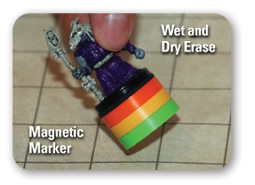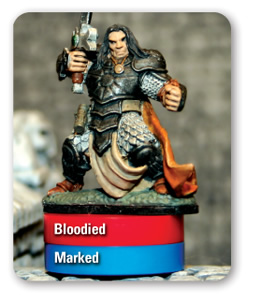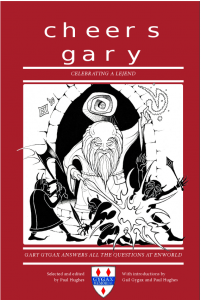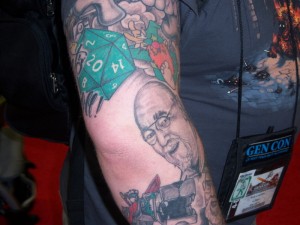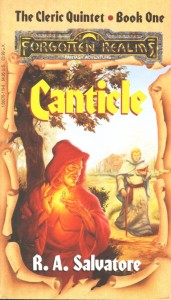Specialized Ritual Candle
This candle is designed for a specific ritual. When used with the right ritual, the caster may choose to gain either a +5 item bonus to one skill check associated with the ritual or to cast the ritual with no component cost. The candle acts like a normal ritual candle when used with any other ritual.
While some items may get mechanically better (for instance, a +1 sword becomes a +2 sword), it’s more challenging to improve items that don’t have numeric bonuses. I thought I’d go through the Wondrous Items in the 4e Player’s Handbook and give examples of how each could gain powers that reflect their history.
A cursed ritual candle may be designed with particular parameters in mind, in which case the ritualist must succeed on a saving throw or be unable to change this detail of the ritual. For instance, a candle for a scrying ritual might be set to spy on a certain area of interest to the candle’s original user.
Ritual Candle that Burns Mens’ Souls
Instead of ritual components, the candle uses the lives of helpless or willing subjects within a burst 5. The total levels of creatures sacrificed must equal the level of the ritual.
This candle is a huge money saver for evil spellcasters with access to minions, peasants and/or captured PCs.
Shared Ritual Candle
This candle is part of a set, scattered across the world. Each candle can only be lit once per day, and burns down in an hour. The next morning, it is restored to its unburned state. A candle may be either used as a ritual candle as part of a ritual, or lit as a normal candle. If lit as a normal candle, it gives a +1 bonus to any of the set which is currently being used in a ritual. It’s unknown how many candles there are in the set, but at any time, PCs can get a +1d6 bonus from helping candles lit by NPCs somewhere in the world.
This is sort of the Seti@home of magic items. A lot of the candles are probably used for light by frugal families who just don’t want to buy new candles every day.


